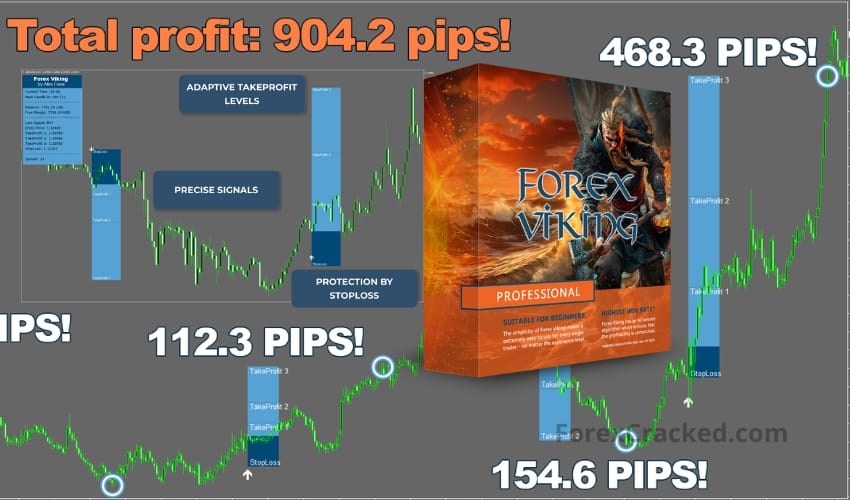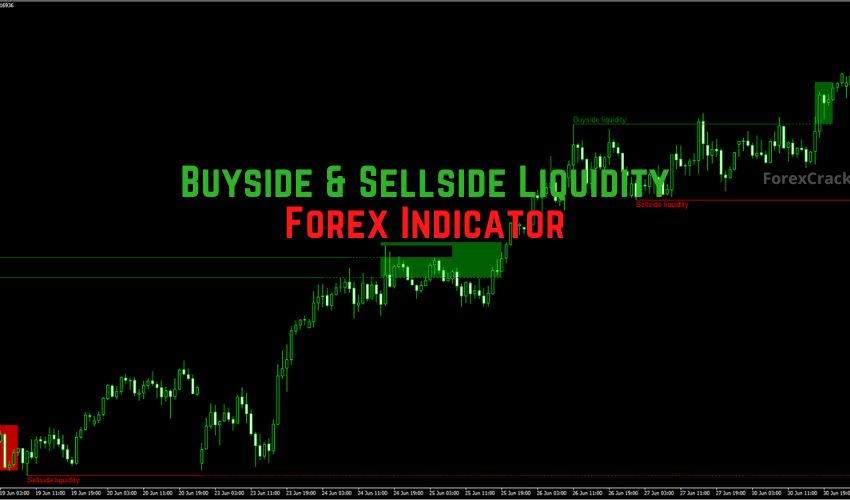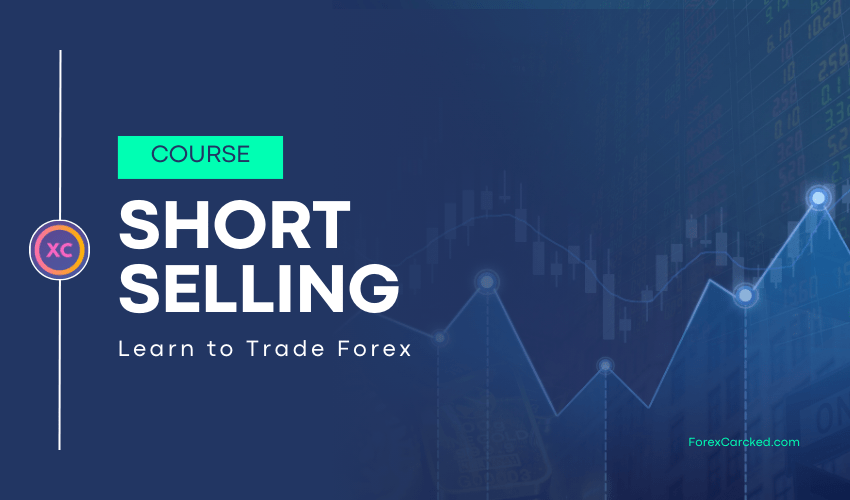In the previous article, you learned about pips, and we concluded that currency pairs don’t move as much. We need to capitalize on very tiny movements to make profits. Additionally, we learned that 1 lot is equal to buying 100,000 units of the base currency – that’s a huge amount of money.
In this article, we will learn how to do this with very little capital by using something called “leverage.”
Leverage is a powerful tool that enables traders to amplify their positions in the market, potentially magnifying both profits and losses. While leverage can significantly enhance trading opportunities, it also introduces increased risk and requires a thorough understanding to utilize effectively.
What is Leverage?
Leverage in forex trading is the ability to control a large position in the market with a relatively small amount of capital. It is essentially a loan the broker provides to the trader, enabling them to amplify their trading position.
Your broker, whoever you’re trading with, will lend you some money so you can trade with more money. Why? Because in the foreign exchange market, as we discussed earlier, movements are very small. So, for you to make any significant profit, you have to trade with a large amount. Unless you have a lot of capital, it won’t be worth it. So, you need to borrow a lot of funds from your broker to trade with, so your trades will have a bigger impact.
Brokers can lend you a huge amount, up to 1000 times your money. This is especially common in forex trading. Other markets like stocks and crypto also offer leverage, but not to the same extent.
Different brokers provide varying leverage options, with some offering extremely high leverage, such as 1000 times your investment. However, just because it’s offered doesn’t mean it’s wise to take it. Because it can be extremely risky, often, traders can choose the amount of leverage they want to use, allowing them to manage their risk more effectively.
Leverage is typically expressed as a ratio, such as 50:1, 100:1, or even higher. For example, with a leverage ratio of 100:1, a trader can control a position worth $100,000 with just $1,000 in their trading account.
| LEVERAGE | MARGIN REQUIREMENT | 1 LOT REQ IN $ |
|---|---|---|
| 1:1 | 100% | $100000 |
| 2:1 | 50% | $50000 |
| 10:1 | 10% | $10000 |
| 50:1 | 2% | $2000 |
| 100:1 | 1% | $1000 |
| 200:1 | 0.5% | $500 |
| 400:1 | 0.25% | $250 |
| 800:1 | 0.125% | $125 |
| 1000:1 | 0.1% | $100 |
What is the Margin Requirement?
Margin is how much money you must put in to get the amount you will trade.
Let’s say you want to trade for $100,000. If the margin requirement is 20%, it means you have to put up $20,000 of that $100,000. So, the margin required is the amount you need to trade that position.
In a 1:1 leverage, the margin requirement is 100% because you’re not receiving any help from your broker. You’re funding the entire trade by yourself. So, if you want to trade 1 lot, you need to put up 100,000 Dollars or depending on the base currency.
If you have 2:1 leverage, it means your broker will lend you half the amount of your position. So, the margin requirement is 50%. If you want to trade 1 lot, you only need to put up $50,000, and the broker will cover the other $50,000.
At 50:1 leverage, it’s considered the safest level, and most forex brokers offer this option. With this ratio, you can hold a 1 lot position with just $2,000 in your account. Typically, traders from the United States and Canada opt for leverage levels around 40:1 or 50:1. However, in Europe and other regions, the maximum leverage available might be around 100:1, though 50:1 is still considered the safest option.
Some brokers may offer extremely high leverage ratios like 1000:1 or even 2000:1 to attract attention, but these leverage levels are incredibly risky. It’s crucial to avoid them at all costs, and here’s why:
Let’s say you’re trading USDCAD with 1000:1 leverage. As we discussed earlier, with 1 lot, you earn $10 for each pip movement. So, every pip it moves equals a $10 gain. For instance, if you bought 1 lot at 1.3350 with $100 and the currency rises to 1.3400, you’d have gained 50 pips. This means you’d make $500 if it moves 50 pips in your favor.
But imagine if you bought it and it goes against you, down by just 10 pips. In that case, you’d lose $100, which is the same as your initial investment. You’d lose all of it. If this happens, you lose your money, and the broker closes your position and takes back what they lent you.
By offering you leverage, your broker isn’t taking any risk; it’s all on you. You’re the one bearing the entire risk.
If you’re using leverage like 50:1 or 100:1, your broker wouldn’t allow you to open a position for 1 lot with just $100 in the first place. So, by having appropriate leverage, you’re effectively managing your risk. Proper risk management is super important in trading.
Benefits of Leverage in Forex Trading
Enhanced Profit Potential: Leverage allows traders to magnify their potential profits. A small movement in the exchange rate can result in significant gains when trading with leverage.
Capital Efficiency: With leverage, traders can control larger positions with a smaller amount of capital, enabling them to diversify their trading strategies and enter multiple positions simultaneously.
Access to Global Markets: Leverage provides traders with access to the global forex market, allowing them to trade currencies from around the world without needing substantial capital.
Risks of Leverage in Forex Trading
Increased Losses: While leverage can amplify profits, it can also amplify losses. A small adverse movement in the market can lead to significant losses, potentially exceeding the initial investment.
Margin Calls: When trades move against the trader, brokers may issue margin calls, requiring additional funds to maintain the position. Failure to meet margin requirements can result in the forced closure of positions.
Overtrading: The availability of leverage may tempt traders to overtrade, risking more capital than they can afford to lose. This can lead to impulsive decision-making and significant losses.
Conclusion
Leverage is a powerful tool that enables traders to control larger positions in the forex market with relatively little capital. While leverage offers the potential for significant profits, it also comes with increased risks. Traders must understand the risks associated with leverage and implement effective risk management strategies to mitigate potential losses. By exercising caution and proper risk management, traders can harness the benefits of leverage while minimizing its inherent risks in forex trading.







